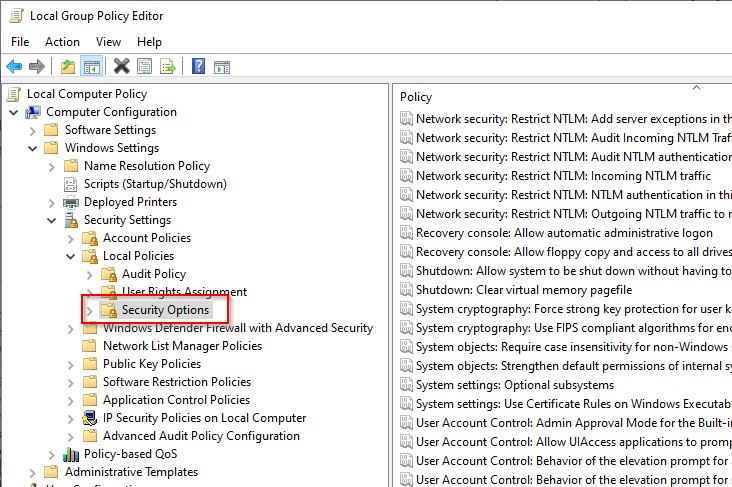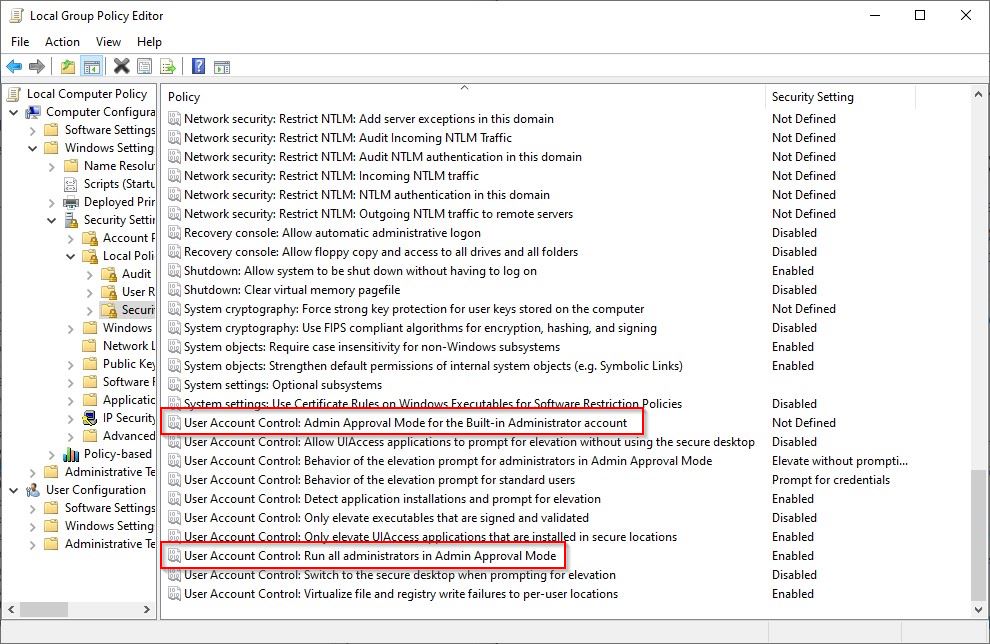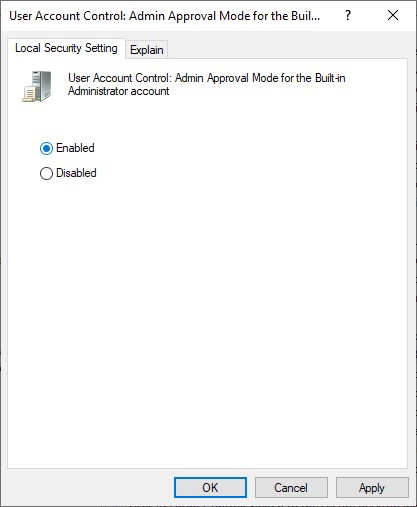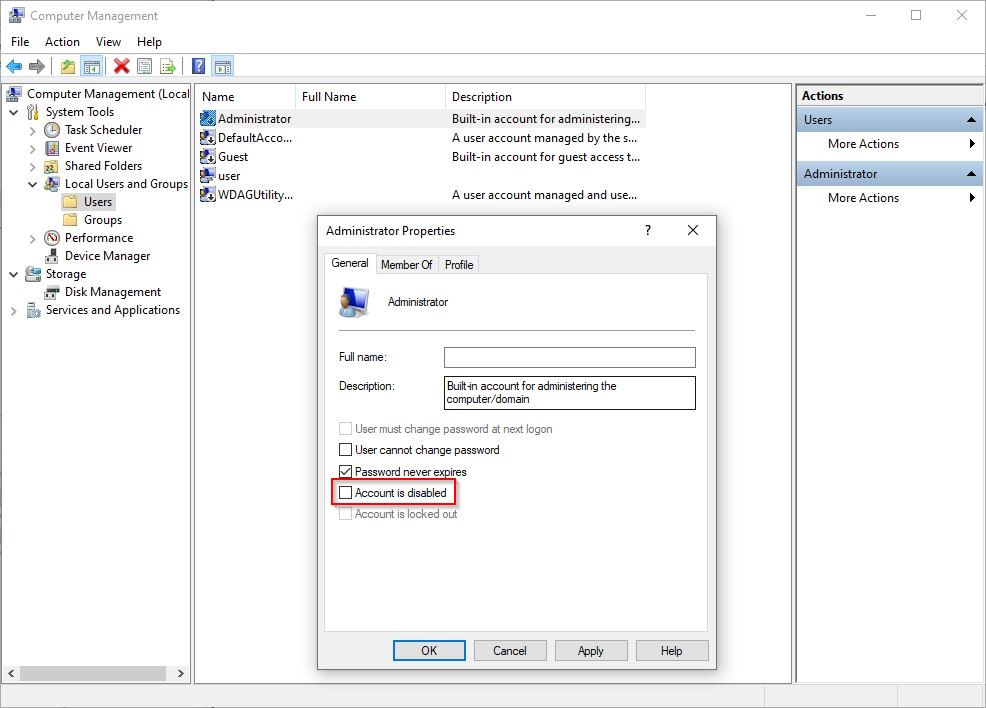SSDs (Solid State Drives) are now the most preferred disk type since they can significantly boost your computer’s performance. They can also be a little pricey given their edge over standard Hard Drives in terms of performance. Most buyers will aim to buy only as much SSD storage as they need. Clearly, downloading 100GB worth of movies and storing it on an SSD is not the most cost effective, and this is why you may want to figure out how to move files from SSD to HDD in Windows 10.
How to Move Files from SSD to HDD
It is very simple to transfer personal files from your SDD to HDD. In most cases, these are files that don’t impact the functioning of your Operating System or any of the programs installed on it; Think movies, pictures, work documents, etc.
You can move personal files from SSD to HDD with just a copy and paste routine. Select the files you want to move from their current location and press Ctrl + C to copy the files. Navigate to your HDD (or other target location) and press Ctrl + V to paste the files. Once the transfer is complete, simply delete the files off of your SSD.
If you’re transferring a large volume of files, the process may take a while. Consider using Teracopy to make this transfer faster.
How to Fix the Error “You Need Permission to Perform This Action”
Since we’re talking about moving personal files, the chances of facing a permission issue is slim. Regardless, if you do run into a permission error that reads “You need permission to perform this action”, there is a quick solution.
You can use the built-in administrator account that has full administrative privileges and is not subject to the UAC (User Account Control). Think of the built-in administrator account as similar to root in Linux. To enable the built-in Windows administrator account, you need to use the Local Group Policy Editor.
- Launch the Local Group Policy Editor by pressing Win + R and running gpedit.msc.
- Use the left pane to navigate to the Computer Configuration > Windows Settings > Security Settings > Local Policies > Security Options.

- Switch to the right pane and look for two policies called:
- User Account Control: Admin Approval Mode for the Built-in Administrator account
- User Account Control: Run all administrators in Admin Approval Mode

- You need to enable both policies. Right-click on the policy and select Properties to enable them if either of them is in a different state, and press OK.

- Exit the Local Group Policy Editor and launch the Computer Management Console by pressing Win + R and running compmgmt.msc.
- Use the left pane to navigate to System Tools > Local Users and Groups > Users.
- On the right pane, right-click on Administrator and select Properties.
- Uncheck the box beside Account is disabled and press OK.

- Restart your PC and continue to move files from SSD to HDD.
How to Move Program Files from SSD to HDD
When you move files of a particular program installed on your computer from its current location, you may find that the shortcuts no longer work. You’ll also need administrative rights to move these files, so we’ll assume you’re the administrator.
As an administrator, you can use the mklink command to create a directory junction to keep the programs functioning after moving the files, without having to reinstall them.
- Open an elevated command prompt by pressing Win + R, typing cmd, and pressing Ctrl + Shift + Enter.
- Use the following command:
mklink /j “C:\Program Files\XYZ” “G:\Program Files\XYZ“
Here, the first path (for C drive) is the old location of the program, while the second path (for G drive) is the new location. XYZ, of course, is the folder for the relevant program you’re trying to move to the HDD. - Head over to your Desktop and delete the shortcut for the program. Add a new shortcut by navigating to the new location, clicking on the program’s exe file, and selecting Send to Desktop.

This should work for pretty much any installed program you want to move.
Conclusion
If you want to move files from SSD to HDD in Windows 10, all you need is a couple of minutes. If you do run into a permission issue, follow the steps above for a quick fix. Until SSDs become more cost-effective, it makes sense to move personal files and programs from your SSD to your HDD.